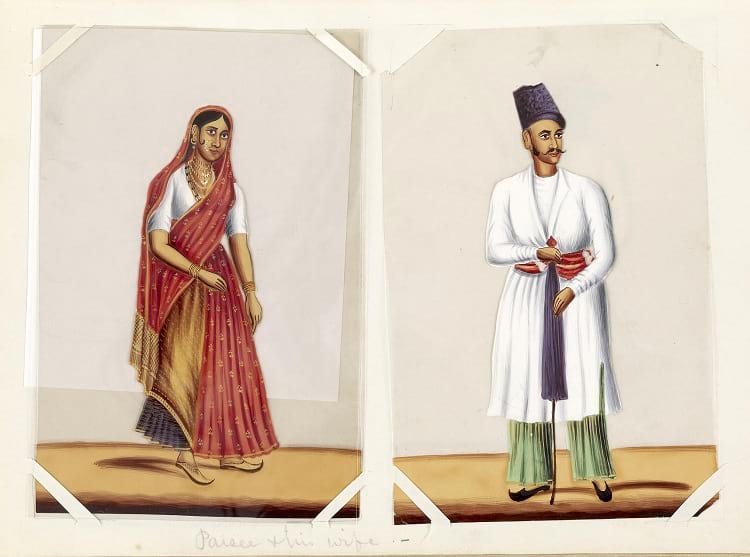Parsi, also spelled Parsee, member of a group of followers in India of the Iranian prophet Zoroaster (or Zarathustra). The Parsis, whose name means “Persians,” are descended from Persian Zoroastrians who emigrated to India to avoid religious persecution by Muslims. They live chiefly in Mumbai and in a few towns and villages mostly to the north of Mumbai, but also at Karachi (Pakistan) and Bengaluru (Karnataka, India). Although they are not, strictly speaking, a caste, since they are not Hindus, they form a well-defined community. The exact date of the Parsi migration is unknown. According to tradition, the Parsis initially settled at Hormuz on the Persian Gulf, but finding themselves still persecuted they set sail for India, arriving in the 8th century. The migration may in fact have taken place as late as the 10th century, or in both. They settled first at Diu in Kāthiāwār but soon moved to Gujarāt, where they remained for about 800 years as a small agricultural community.Parsis or Parsis is an ethnic religion group of the Indian subcontinent whose religion is Zoroastrianism. Their ancestors emigrated from Iran in the Sassanid dynasty to the area after being conquered by Arab Muslims under the Orthodox Calif in the 7th century C.E.

With the establishment of British trading posts at Surat and elsewhere in the early 17th century, the Parsis’ circumstances altered radically, for they were in some ways more receptive of European influence than the Hindus or Muslims and they developed a flair for commerce. Bombay came under the control of the East India Company in 1668, and, since complete religious toleration was decreed soon afterward, the Parsis from Gujarāt began to settle there. The expansion of the city in the 18th century owed largely to their industry and ability as merchants. By the 19th century they were manifestly a wealthy community, and from about 1850 onward they had considerable success in heavy industries, particularly those connected with railways and shipbuilding.
Contact of the Parsis with their fellow countrymen appears to have been almost completely severed until the end of the 15th century, when, in 1477, they sent an official mission to the remaining Zoroastrians in Iran, a small sect called Gabars by the Muslim overlords. Until 1768 letters were exchanged on matters of ritual and law; 17 of these letters (Rivayats) have survived. As a result of these deliberations, in which the Parsis’ traditions were in conflict with the purer traditions of the Gabars, the Parsis, in the 18th century, split into two sects on questions of ritual and calendar. See also Zoroastrianism.
Jat, traditionally rural ethnic group of northern India and Pakistan. In the early 21st century the Jats constituted about one-fourth of the populations of Punjab and Haryana; nearly 10 percent of the population of Balochistan, Rajasthan, and Delhi; and from 2 to 5 percent of the populations of Sindh, Khyber Pakhtunkhwa, and Uttar Pradesh. The Jats of Pakistan are mainly Muslim by faith. The Jats of India are mostly divided into two large communities of about equal size: one Sikh, concentrated in Punjab, and the other Hindu.
The Jats first emerged politically in the 17th century and afterward, having military kingdoms such as Mursan in Uttar Pradesh, Bharatpur in Rajasthan, and Patiala in Punjab. Parsis Parsee Religion History Facts Parsis Parsee Religion History Facts Their sense of group solidarity, pride, and self-sufficiency have been historically significant in many ways. During the rule of the Mughal emperor Aurangzeb (late 17th century), for example, Jat leaders captained uprisings in the region of Mathura. A Jat kingdom established at nearby Bharatpur in the 18th century became a principal rival for declining Mughal power, Parsi Parsee Religion History Facts Parsi Parsee Religion History Facts its rulers apparently seeing themselves as defenders of Hindu ways against the Muslim Mughals.






